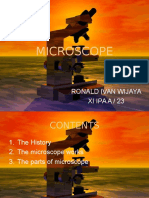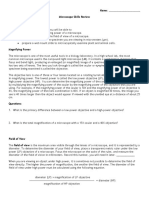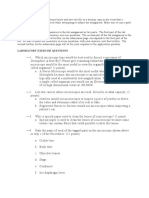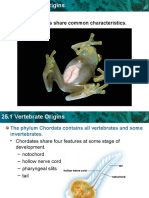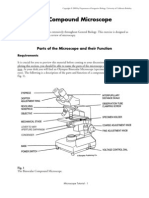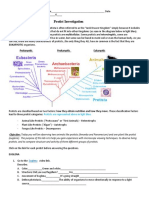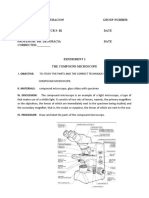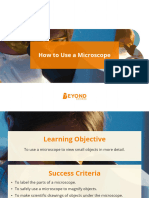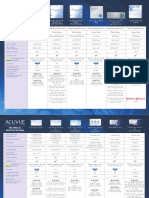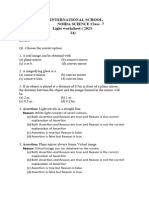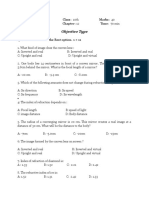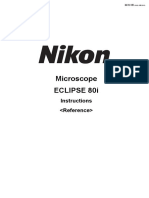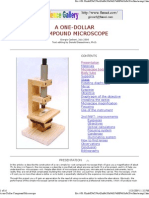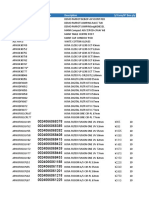100% found this document useful (1 vote)
38 views14 pagesMicroscope Basics for KS3 Science
Uploaded by
leokeomeomCopyright
© © All Rights Reserved
We take content rights seriously. If you suspect this is your content, claim it here.
Available Formats
Download as PDF, TXT or read online on Scribd
100% found this document useful (1 vote)
38 views14 pagesMicroscope Basics for KS3 Science
Uploaded by
leokeomeomCopyright
© © All Rights Reserved
We take content rights seriously. If you suspect this is your content, claim it here.
Available Formats
Download as PDF, TXT or read online on Scribd
/ 14












